Lighting the Past: The Reserve Collection, Part 2
In the previous instalment, Kieran gave us some highlights from the general Reserve Collection, which Lighting the Past recently finished cataloguing. A collection of this size (over 10,000 items) contains many fascinating books and in this post we’ll be taking a look at some further interesting items from the collection.
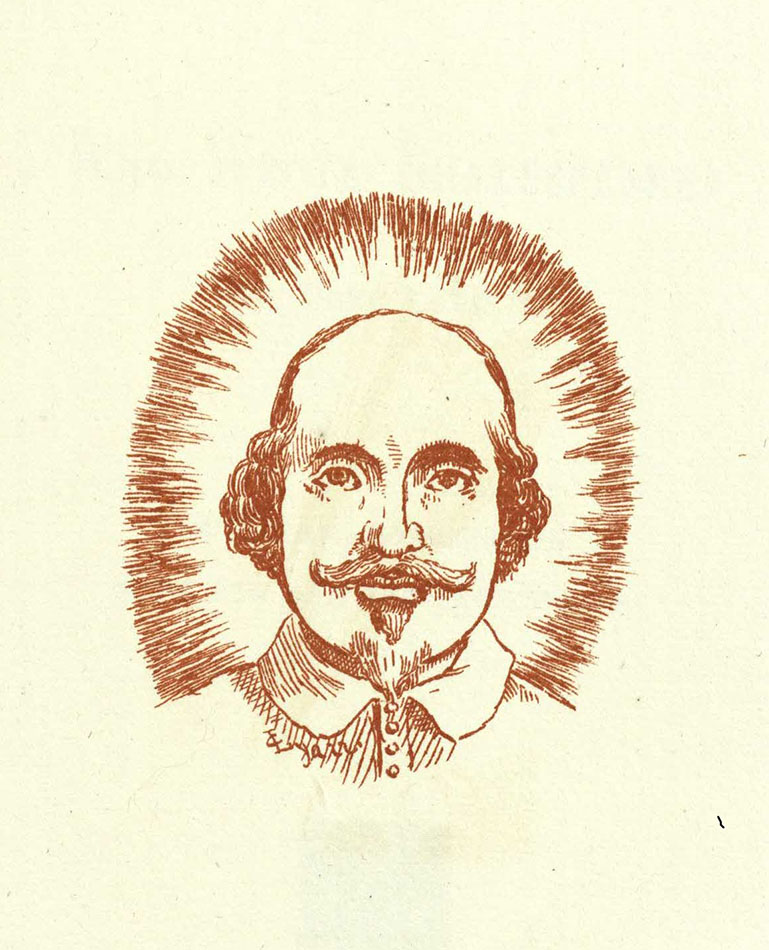
One of my fondest memories of cataloguing the general Reserve Collection was tackling a very large number of Shakespeare related pamphlets. The 674 different titles cover a range of topics, from the Shakespeare authorship question to his memorial libraries. An item entitled Programme and words of the ode, in Mr. Castle’s new Shakespearian entertainment entitled “A Wreath of Immortelles, culled from the Grave of Shakespeare” proved to be of interest. The ode tells the story of Ariel (a sprite from the Tempest) taking a wreath from Shakespeare’s grave while surrounded by his other characters. This could possibly be one of the earliest examples of fan fiction!
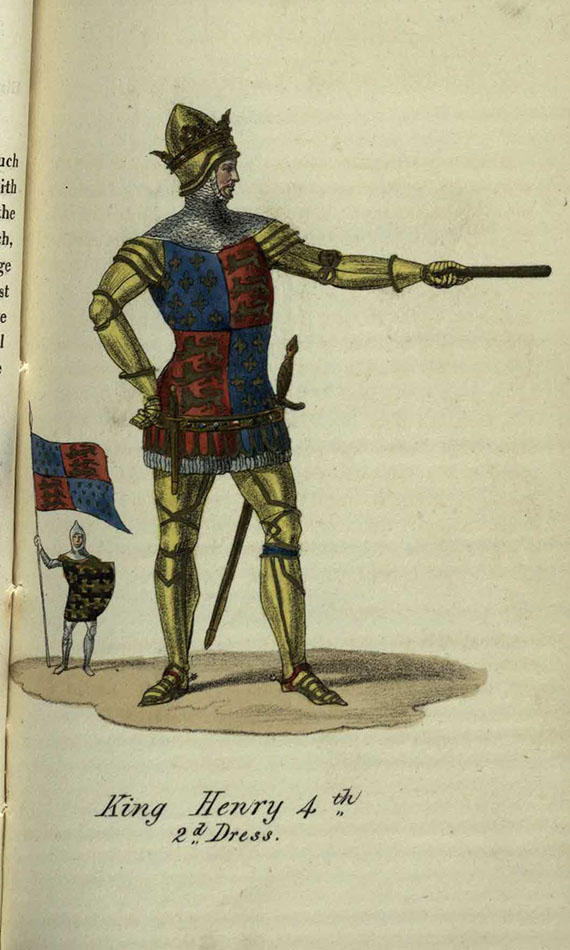
As well as the pamphlets, the general Reserve Collection contains a number of other items on Shakespeare. A favourite of mine is that at r GT1745.B8P5, which is a bound-with of 5 items, each with illustrations of costumes from a different Shakespearian play (King John, Henry IV, As You Like it, Hamlet, Othello and The Merchant of Venice). Despite dating all the way back to the 1820s, these colourful pictures are still so vibrant that they look as if they could have been done yesterday. Another (more modern) example of an illustrated Shakespeare book is a copy of As You Like It, which can be found at r PR2803.B8. This contains beautiful illustrations by Salvador Dali of different costume ideas for the characters. His passion for the avant-garde is clearly reflected in these images, with his fashionable designs being equally as suitable for a catwalk as a stage.
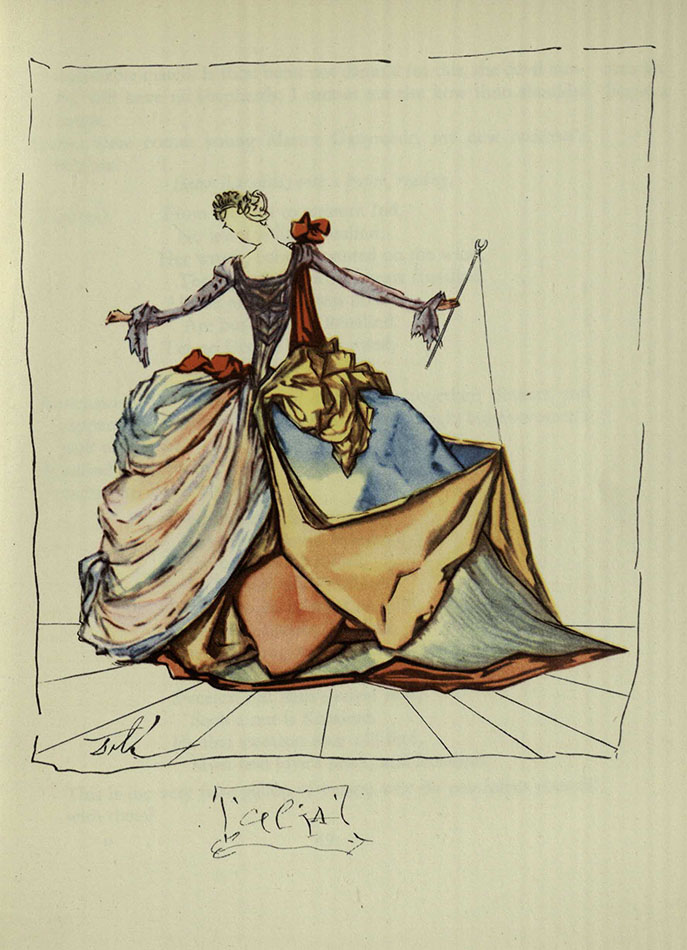
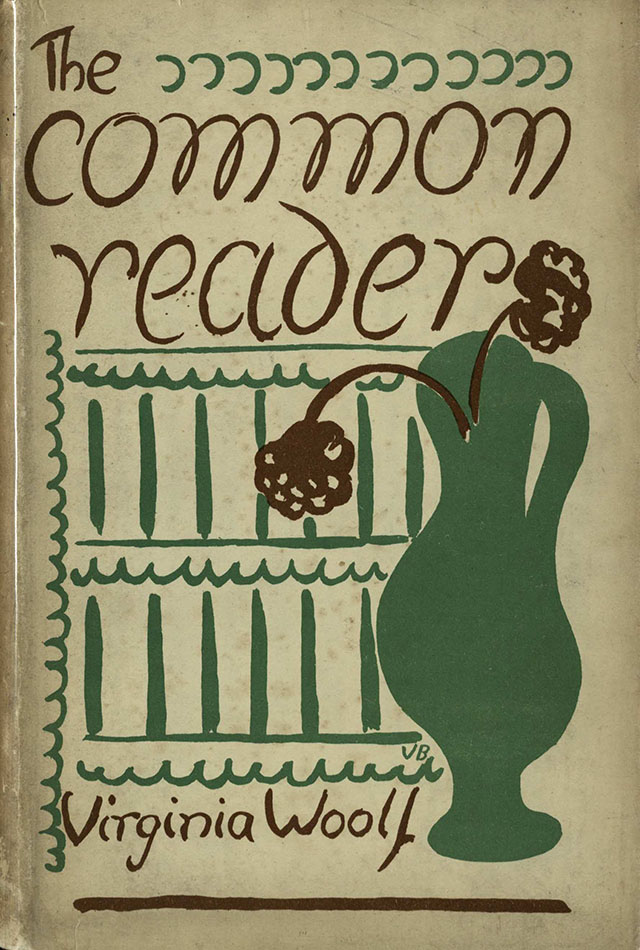
Further to these Shakespearian works, the general Reserve Collection has a significant number of literary and poetical works. Some of these items are editions issued by noteworthy publishers and there were some interesting discoveries made by the Lighting the Past team as we made our way through this section. Unfortunately for us, many of these items had already been catalogued! For example, there is a copy of The Common Reader by Virginia Woolf which has been published by the Hogarth Press. This publishing house was set up by Woolf and her husband, and grew out of an interest in printing to become a profitable business. An item that we did get to catalogue which had been published by the Hogarth Press is First Poems by Edwin Muir. The general Reserve Collection contains another ten books by Edwin Muir and we also hold the papers of Willa Muir, his wife and a St Andrews graduate, in our archives at Special Collections.
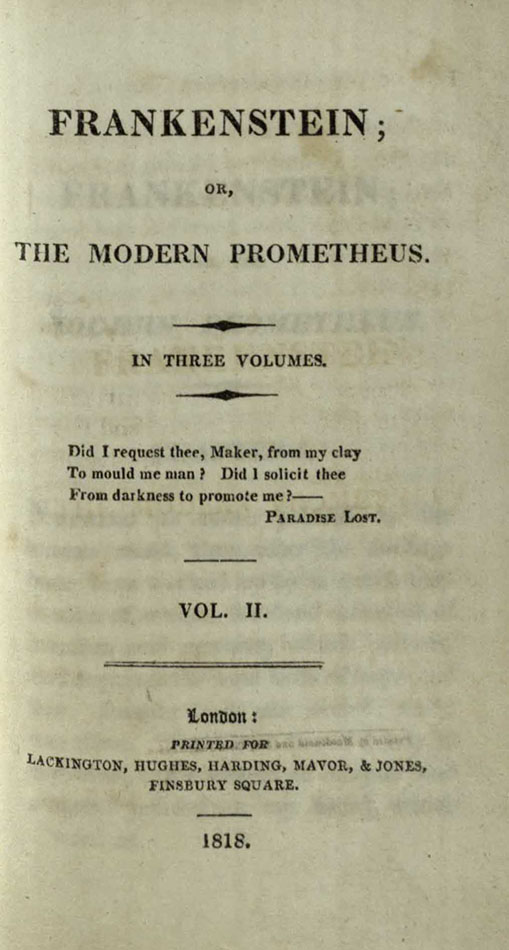
One of the most exciting items that we came across that hadn’t been catalogued yet was a first edition of Frankenstein by Mary Shelley. Originally published anonymously by Lackington, Hughes, Harding, Mayor, and Jones in 1818, this copy is in the typical format of its time as the novel has been divided into three parts. For any fans of horror literature, it would definitely be worth taking a look at this book!
The general Reserve Collection was filled with many more surprises and contained an eclectic mix of subjects due to its sheer size. A section of books on crime and punishment proved to be particularly interesting and gave us a real insight into early policing and prisons before professionalization and the wide-reaching reforms of the 19th century. The defects of police by Jonas Hanway is one of the earliest holdings on this subject, dating all the way back to 1775, and contains reflections on criminal offences and conditions faced by prisoners. The punishments faced by convicted criminals of the 18th and 19th centuries were harsh and this is reflected in many of the holdings on the subject of punishment. In 1839, Captain Maconochie produced a paper entitled Australiana. Thoughts on convict management, and other subjects connected with the Australian penal colonies. This text highlights the tough conditions that were faced by those transported to Australia. For those who were imprisoned conditions were also difficult, as underlined in The seventh report of the committee of the Society for the Improvement of Prison Discipline, and for the reformation of juvenile offenders. This work from 1827 contains a detailed appendix with information about prisons from across the country and provides a snapshot of the poor environment of some jails. Hard labour, mixed-sex holdings, terrible diets (oatmeal gruel is mentioned quite frequently!), prisoners being put in irons, periods of solitary confinement and large numbers of juvenile offenders are all mentioned. The section on Scottish prisons is considerably less detailed than that of those in the English counties, but the report authors take special care to highlight that the Fife-shire prisons are particularly bad, with many being in a poor state of repair and lacking basic amenities like a fire-place or outside space. Another interesting item is The prisoner’s director, which could be seen as a guide on how to look after prisoners on a spiritual level. It contains prayers for prisoners and these cover a variety of topics, including prayers to be said at executions.
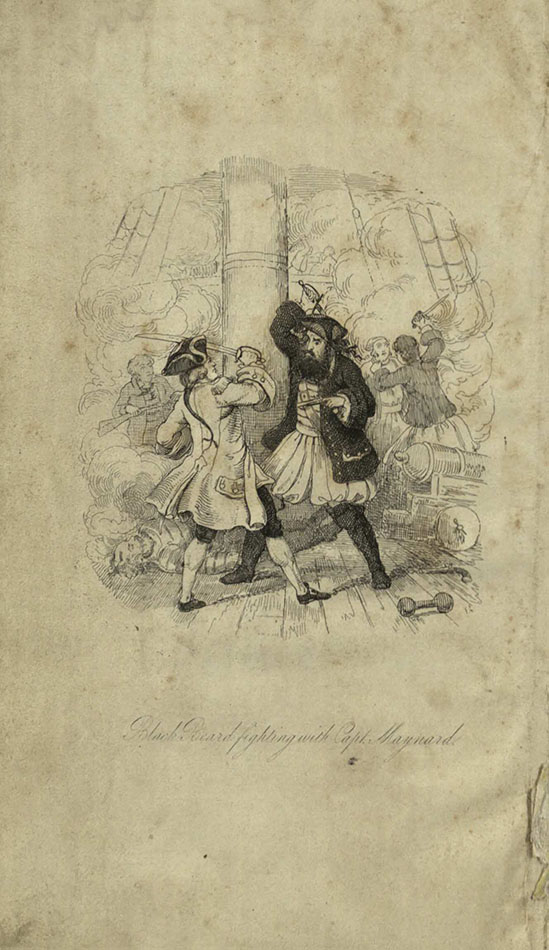
The lives and actions of the most noted highwaymen, street-robbers, pirates, &c. &c. contains the stories of many famous felons, and is written under the name Captain Charles Johnson. Some of the famous characters that appear include Sawney Bean, Robin Hood and the notorious female pirate Anne Bonny. There are several illustrations of these villains, often depicting them as being up to no good. It seems that these characters really captured the public’s imagination back in the 18th century, just as they continue to do so today.
To conclude, the general Reserve Collection contains a bit of everything and this means that there is really something for everyone! The range of materials in this collection meant that the Lighting the Past team would never know what would be coming next and this made for some exciting shifts. If you would like to take a closer look at any of the Reserve collection books mentioned in this or the previous blog post, you can make an appointment to see them at the Reading Room in Martyrs Kirk Research Library.
Emma Collins
Phase 1 Cataloguer, Lighting the Past